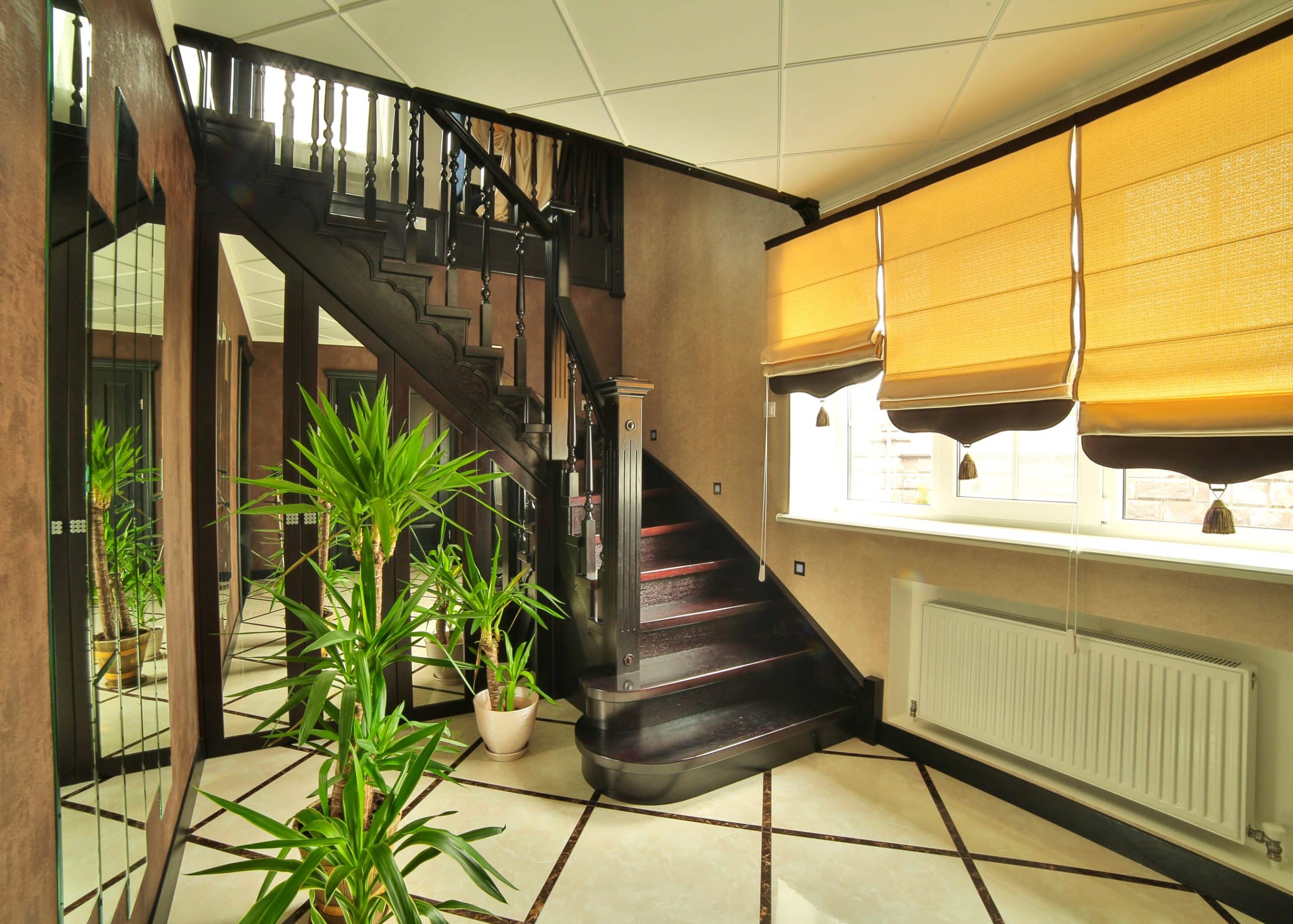How to Retrofit a Digital Instrument Cluster in a 2014 Audi A3 for a Modern Look?

Possessing an Audi A3, a car renowned for its sleek, modern design and top-notch performance, is a matter of pride. But, are you aware that the 2014 Audi A3 model could be given an even more contemporary touch? Yes, with a digital instrument cluster retrofit, you can transform the interior look of your vehicle. This upgrade will make your car’s navigation and information display more visually appealing and user-friendly. In this article, we will guide you on how to retrofit a digital instrument cluster in a 2014 Audi A3 for a modern look.
Understanding the Digital Instrument Cluster
A digital instrument cluster, also known as a digital dashboard, is a cutting-edge technology that will replace the traditional analog gauges in your Audi. It consists of a high-resolution digital display that shows vehicle information such as speed, fuel levels, and engine status. This enhancement gives a more futuristic look to your car while improving functionality.
Also read : How to Install a Stage 2 Performance Tune on a VW Scirocco R for Increased HP and Torque?
The cluster will also include your car’s MMI (Multi Media Interface) system, which controls your entertainment, navigation, and other applications. Modern car brands such as Audi and BMW have been incorporating digital clusters in their latest series, indicating a move towards more digitized and interactive car interiors.
Preparing for the Retrofit
Before you begin, find the location where your current analog instrument cluster is installed. Usually, it’s in the front of the car behind the steering wheel. Ensure you have all the necessary tools for the installation, including a torque screwdriver, a trim removal tool, and a digital instrument cluster compatible with your 2014 Audi A3.
Topic to read : What Are the Advantages of a Cold Air Intake System Over a Short Ram in a Porsche 718 Cayman?
You will also need a control unit, which is the brain behind the digital instrument cluster. It processes the information from various sensors in your car and displays it on the cluster. Lastly, ensure that your car’s software system can support the digital instrument cluster. Some older models may require a software update.
Installing the Digital Instrument Cluster
After gathering all necessary components, the next step is the actual installation of the digital instrument cluster. Begin by turning off your car and disconnecting the battery to prevent any electrical mishaps. Then, use the trim removal tool to carefully unscrew and remove the old instrument cluster from its location.
Once the old cluster is removed, you can now install the new digital one. Connect it to the control unit and ensure that it fits correctly in the designated place. After the installation, reconnect the battery and turn on the car to check if the digital instrument cluster is working properly. Look for any warning lights or error messages on the display; if there are none, then the installation was successful.
Integrating the Rear and Front Cameras
Having a digital instrument cluster allows you to integrate your car’s rear and front cameras into the system. This integration will display the camera feeds directly on the digital cluster, making it easier for you to view and react to anything that the cameras capture.
To integrate the cameras, connect them to the control unit of the digital instrument cluster. You may need a professional to help you with this step, as it involves complex wiring and configuration.
Adding the Navigation System
Another feature you can add with a digital instrument cluster retrofit is the navigation system. This allows you to see real-time maps and directions directly on your instrument cluster. If your car already has a built-in navigation system, you can connect it to the digital cluster via the control unit. If not, you will need to install a new one.
To add the navigation system, follow the manufacturer’s instructions. Usually, it involves connecting the system to the control unit and configuring it to display on the digital cluster.
In conclusion, retrofitting a digital instrument cluster in your 2014 Audi A3 is a worthy upgrade. It modernizes your car’s interior and enhances its functionality. As you join the line of Audi owners who have opted for this upgrade, you’ll find that the benefits, from improved aesthetics to advanced controls, are well worth the effort.
Incorporating Cruise Control and Entertainment Features
A significant advantage of retrofitting a digital instrument cluster is the opportunity to integrate your cruise control and entertainment features into one convenient location. This means you can control these features directly from your digital cluster, reducing the need for additional controls or switches.
Starting with cruise control, if your Audi A3 already has this feature, connect it to the new digital instrument cluster through the control unit. This will allow you to control your car’s speed directly from your instrument panel, making long drives more comfortable and stress-free.
As for the entertainment features, the digital instrument cluster can integrate your car’s Android Auto and CarPlay Android systems. These systems allow you to control your music, make calls, send messages, and use your phone’s apps directly from the instrument cluster.
To connect these systems, you will need a retrofit kit compatible with your Audi A3. Follow the instructions provided with the kit to properly configure the systems. Ensure the systems are working correctly by testing them before driving.
Additionally, if you have an NBT system (Next Big Thing, a navigation system from BMW) or a similar navigation unit, you could connect it to your digital instrument cluster. This would provide a more integrated and seamless driving experience.
Retrofitting the Digital Instrument Cluster on Mercedes Benz and BMW Series
The process of retrofitting a digital instrument cluster isn’t exclusive to the 2014 Audi A3. Many other car models, including the Mercedes Benz and the BMW series, can benefit from this upgrade, giving these vehicles a modern look and improved functionality.
In the case of Mercedes Benz, you would need a retrofit kit specifically designed for the model you own. As with the Audi A3, disconnect the battery, remove the original instrument cluster, and replace it with the digital one. The same goes for the BMW series. However, BMWs have unique features like the virtual cockpit that can be integrated into the digital cluster.
Conclusion
Retrofitting a digital instrument cluster in a 2014 Audi A3 is a major upgrade that goes beyond aesthetics. It’s about enhancing your driving experience by centralizing control of various systems in your car, right from the steering wheel. This includes everything from speed and fuel level monitoring to navigation, entertainment, and cruise control systems.
As a 2014 Audi A3 owner, joining the ranks of Mercedes Benz and BMW series owners who have made the switch to a digital instrument cluster can feel like a big step. However, with the detailed steps outlined in this guide, you should be able to successfully carry out this upgrade. Remember, if you encounter any issues during the process, it’s always best to consult with a professional.
In the end, a successful cluster retrofit will not only provide your car with a modern look but also make your driving experience more comfortable, interactive and enjoyable. After all, who wouldn’t want a high-resolution navigation unit, a plug-and-play entertainment system, and user-friendly controls right at their fingertips while driving?
